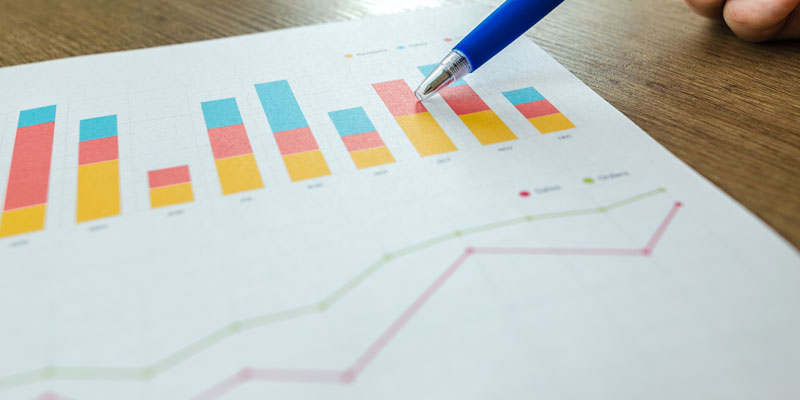BONUS Google Analytics Part 4: Use Behavior Flow to Compare Your Expectations to Traffic Patterns
Over the past several weeks, we have written a three-part series on better understanding and analyzing your Google Analytics data. Today, we’re wrapping up that series with a bonus fourth part (surprise!) focused on comparing your expectations to actual results.

While Google Analytics doesn't allow you look over your visitors' shoulders to see exactly what they like and dislike about your site, you can monitor quite a bit of the visitor experience. One of the most effective ways to use the Google Analytics data is to monitor what your visitors' traffic patterns look like and if they seem to indicate success or frustration.
How Can Small Businesses Analyze Visitor Experience?
- Before you even open a report, map out what you think visitors should be doing on your site. Should they be going from a Google search to a content page on your site, to your subscription window, and then onwards to a download page for a free e-book? Or should the end result be checking out via a shopping cart, or picking up the phone to call you? While you're brainstorming, also create a few situations you don't want to see: traffic arriving at a page with no further clicks or people searching for a string of similar queries and leaving without clicking on any pages. These actions can indicate frustration or that your content doesn't match your visitors' demand.
- Once you map out a few best-case and worst-case scenarios, use Google Analytics’ Behavior Flow section. These pages will show you a variety of popular paths taken by your visitors. Filter them by sources so you can see what behavior your campaigns are driving. You can also sort them by age, location, or other demographics to see what your target markets are doing on your site.
The best way to improve the navigability of your site is to carefully sort out what you expect to happen versus what is actually happening. Using Google Analytics to fill in those unknowns will help you fine-tune your content, define new calls-to-action, and make your site more attractive to visitors.
If you’re curious about other ways to analyze Google Analytics data, read through our previous blogs on Google Analytics for your small business. If you want to know what to do once you have that data, contact us for more information on our web design and search engine optimization services.
Blogs In This Series
About the author
For over a decade, Igniting Business has established itself as a comprehensive resource for small businesses looking to succeed and grow to the next level. Our team works with small businesses all over the nation from our headquarters in the Kansas City metro. Our services include the full spectrum of web design, search engine optimization (SEO), and digital marketing.
Igniting Business’ team consists of SEO, web design, and digital marketing experts. Some of our certifications and partnerships include:
Igniting Business’ team consists of SEO, web design, and digital marketing experts. Some of our certifications and partnerships include:
- Google Partner
- Google Ads Certified
- Shopify Partner
- MailChimp Experts
- Joomla Service Provider
- YOOtheme Pro Experts
Additionally, our staff has been featured on news outlets including Fox Business, CNBC Universal, Intuit Small Business, Yahoo News, The Kansas City Star, and more.
For more web design, marketing, and SEO tools and tips from Igniting Business, check out our resources page.
To learn more about our company and our leadership, view our full company profile.